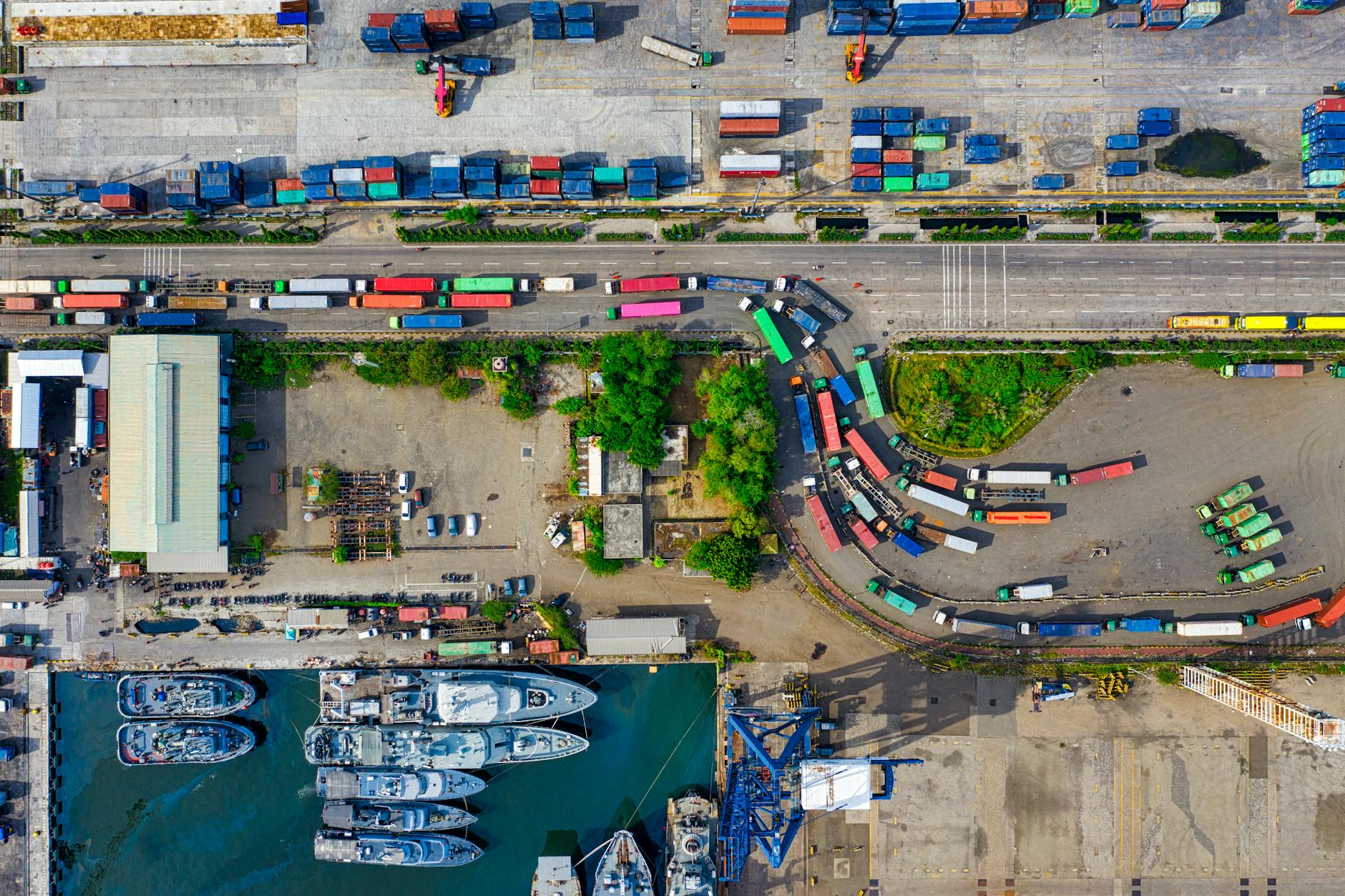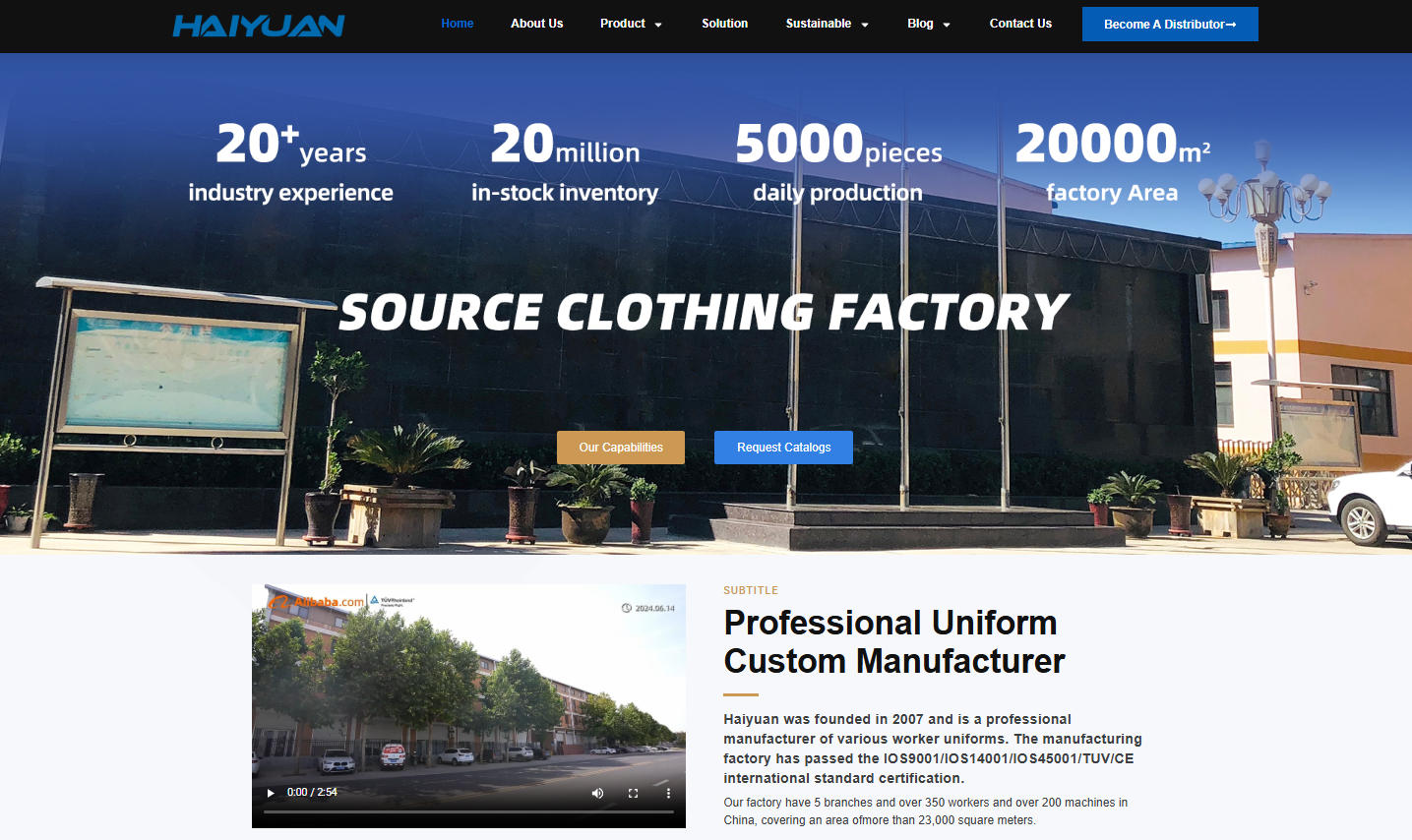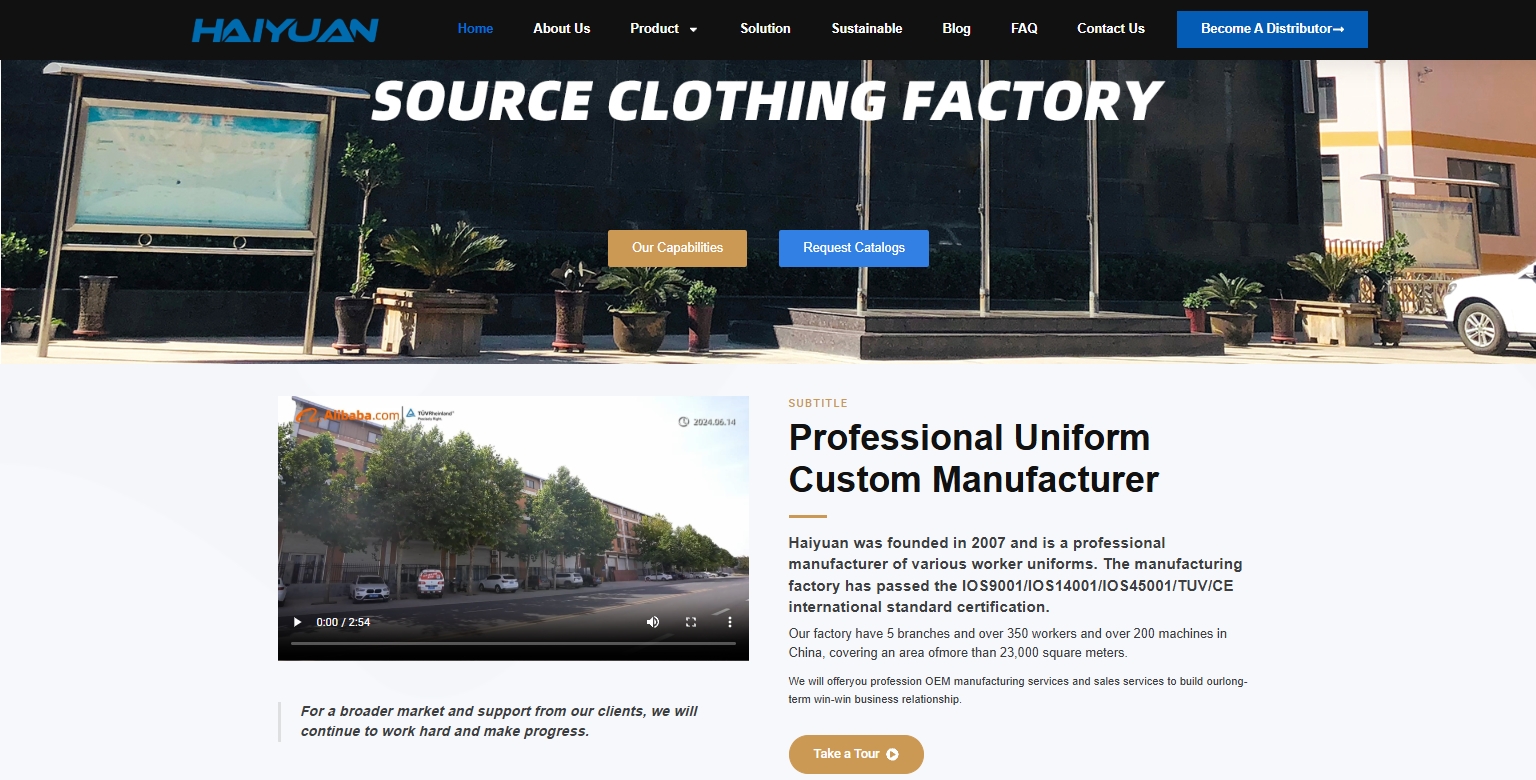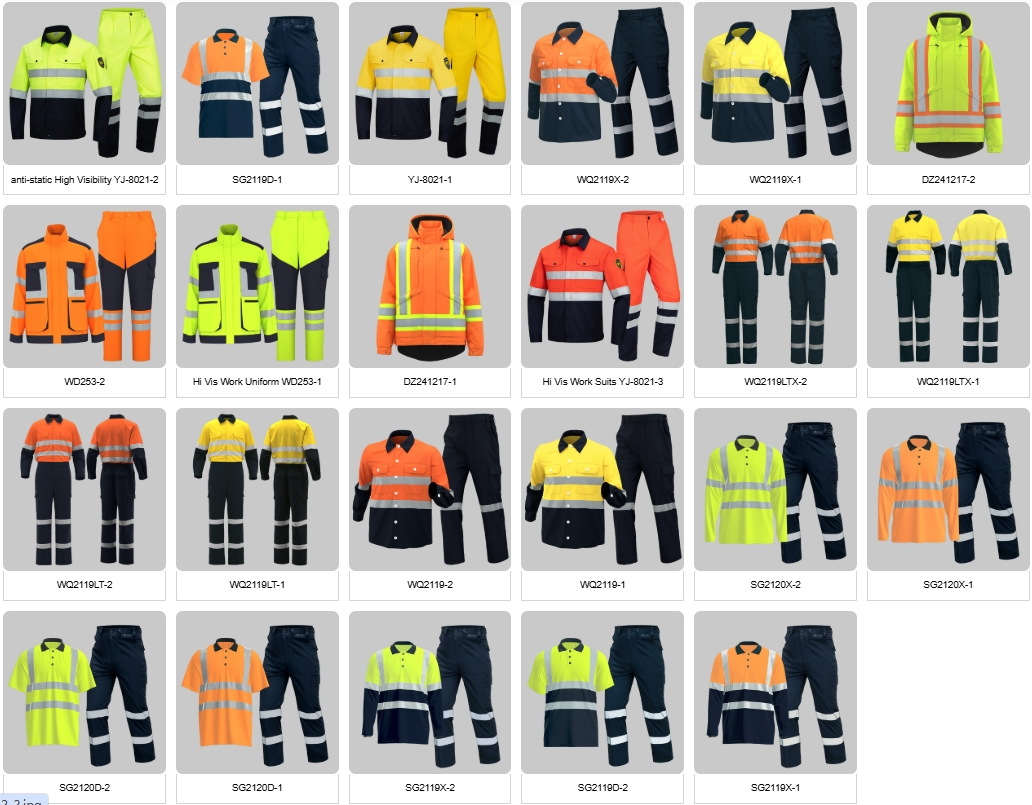Here is a detailed analysis of an Estonian company importing custom logo work uniforms from China, incorporating Estonia’s unique position as a tech-savvy EU member state with strategic logistics links.
Executive Summary
For an Estonian company, this is a highly viable and efficient supply chain strategy. Estonia’s advanced digital infrastructure, EU membership, and well-developed ports make the process streamlined. The model leverages China’s cost-effective production and customization with Estonia’s seamless integration into the European single market.
The Import Process: Step-by-Step
Phase 1: Sourcing & Planning (in Estonia)
-
Define Requirements: The company finalizes uniform designs, fabric types (considering the Baltic climate), colors, and logo specifications (embroidery, printing). They must ensure compliance with EU safety standards if required (e.g., EN ISO 20471 for high-visibility clothing).
-
Supplier Sourcing: Primarily done online via B2B platforms like Alibaba.com or Made-in-China.com. Estonia’s high digital literacy makes this process very efficient.
-
Request for Quotation (RFQ): Send detailed specifications to multiple suppliers to compare prices, MOQ (Minimum Order Quantity), and production timelines.
Phase 2: Negotiation & Production (with China)
-
Sample Approval: This is a critical and non-negotiable step. The Estonian company must request and approve a physical sample to check quality, fit, and logo application before mass production.
-
Contract Finalization: Agree on the final price, payment terms (typically 30% deposit, 70% before shipment), and Incoterms. The most strategic terms are FOB (Chinese Port) or EXW (Chinese Factory), giving the Estonian buyer control over the main shipping leg.
-
Production & Quality Control: The factory begins production. The buyer should request production updates. A pre-shipment inspection by a third-party agency is highly recommended for large orders.

Phase 3: Logistics & Import (The Key Phase for Estonia)
-
Logistics – Efficient EU Gateway: Estonia offers excellent logistics corridors.
-
Primary Route: Sea Freight to a Major EU Port + Truck to Estonia.
-
Goods are shipped in a container from a Chinese port (e.g., Ningbo, Shanghai) to a large North European hub like Rotterdam (Netherlands), Hamburg (Germany), or Gdańsk (Poland).
-
From there, goods are transported by truck to Estonia. This is the most common and cost-effective balance for volume and speed.
-
-
Alternative Route: Sea Freight via the Baltic Sea. Direct deep-sea services to Estonian ports like Muuga Harbour (Tallinn) are less frequent but possible, often involving transshipment in a larger hub.
-
China-Europe Railway: An option, though less direct for Estonia. Goods would arrive at a Polish hub like Małaszewicze and then be trucked north to Estonia.
-
Air Freight: Very expensive, suitable for samples or urgent, small orders.
-
-
Customs Clearance in Estonia (EU):
-
As an EU member, Estonia follows the Union Customs Code (UCC). The goods are declared to Estonian customs upon arrival, after which they can circulate freely within the EU.
-
Required Documents: Commercial Invoice, Packing List, Bill of Lading (for sea freight), and Certificate of Origin.
-
EORI Number: The Estonian company must have an EORI number starting with the country code ‘EE’ to import into the EU.
-
Customs Broker: While a company can handle its own declarations, using a customs broker is highly recommended to ensure smooth clearance, correct HS codes, and payment of import VAT (standard rate is 22%).
-
Key Advantages for an Estonian Company
-
Cost-Effectiveness: Chinese manufacturing offers significantly lower prices for bulk custom orders.
-
EU Single Market Access: Once cleared through Estonian customs, the goods can be sold or distributed to any other EU country without further customs checks.
-
Advanced Digital Society: Estonia’s seamless digital government systems (e.g., e-Tax, e-Customs) make administrative processes like VAT registration and customs declarations highly efficient.
-
Strategic Location: Well-connected ports and road networks provide reliable access to the Pan-European logistics corridor.
Challenges & Risk Mitigation
-
Quality Control from Afar:
-
Risk: Receiving goods that do not match the approved sample’s quality.
-
Mitigation: Never skip the sample process. For significant orders, invest in a third-party inspection service in China.
-
-
Logistical Lead Times:
-
Risk: The multi-leg journey (sea to EU port, then truck) can take 40-60 days. Delays at major EU ports can occur.
-
Mitigation: Work with an experienced freight forwarder. Plan inventory with buffer time.
-
-
EU Compliance and Duties:
-
Risk: Textiles and clothing are subject to EU import duties. Incorrect classification can lead to delays and fines.
-
Mitigation: A reliable customs broker will ensure correct HS code application and duty calculation. The EU’s “Registered Exporter” (REx) system may allow for preferential duty rates if applicable.
-
-
Payment Security:
-
Risk: Sending a deposit to an unknown supplier.
-
Mitigation: Use secure payment methods like Alibaba Trade Assurance or a Letter of Credit (L/C). Start with a smaller trial order to build trust.
-
Strategic Tips for Success
-
Leverage EU Logistics: Partner with a freight forwarder that has a strong network in Northern Europe and can efficiently manage the final leg from Rotterdam/Hamburg to Estonia.
-
Use Digital Tools: Utilize Estonia’s advanced e-governance infrastructure for swift customs and tax procedures.
-
Build a Supplier Relationship: Find 1-2 reliable factories in China and cultivate a long-term partnership for better pricing and priority service.
-
Calculate the Landed Cost: Accurately factor in the product cost, shipping, insurance, and import duties/VAT to understand your true cost per uniform in Estonia.
Conclusion
For an Estonian company, importing custom work uniforms from China is a highly strategic and efficient business model. Estonia’s position within the EU single market, combined with its digital efficiency, removes many of the bureaucratic hurdles that can complicate international trade in other regions.
By combining China’s manufacturing power with Estonia’s streamlined import processes and logistics, a company can effectively supply the local market and the wider EU with high-quality, customized workwear at a competitive price. Success hinges on standard best practices: diligent supplier vetting, rigorous quality control, and partnering with skilled logistics professionals.
For some insightful reads, we’ve curated a list of recommended articles just for you:
- How do I find a product manufacturer in China?
- How to find cheap manufacturers in China? A guide to avoid pitfalls
- How to complete your first purchase of workwear in China safely and efficiently
- Custom uniforms for Small business
- Choosing the Best Industrial Work Suit
- Ultimate Guide: Best Wholesale Work Clothes in China
- Cut & Sew Customization
- Logo Customize Clonthing Manufacturer
- Labour Uniform manufacturer
- Labor clothing uniform for sale
- Working clothes china wholesale
Can’t find what you’re looking for? Feel free to contact us. We’re here to help 24/7.
Useful links:





